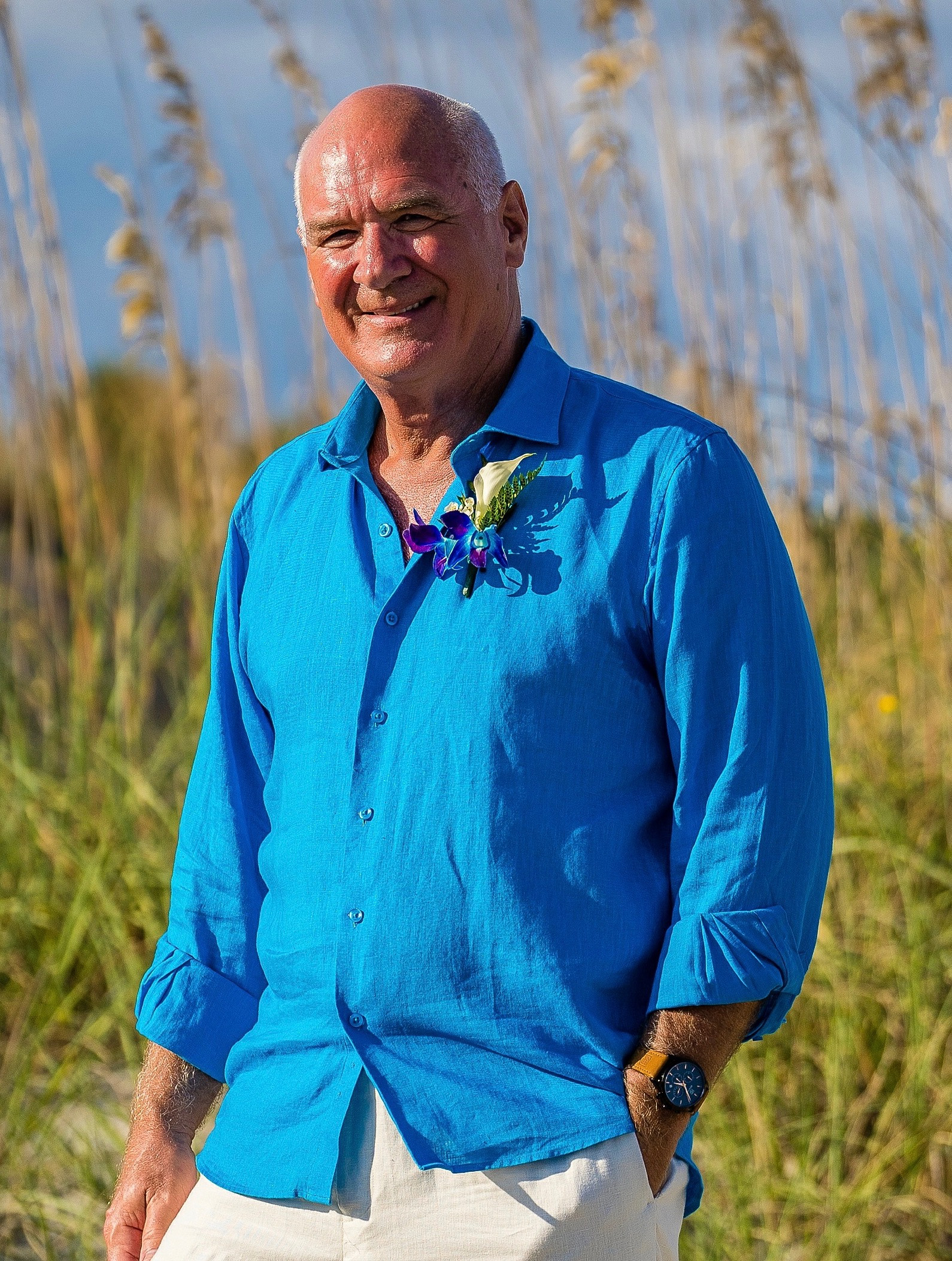 Innovation. Acupuncture. Two words not typically read in the same sentence. Acupuncture is most often thought of as an ancient art, one that confounds many doctors who struggle to understand it through the lens of Western science, and makes the uninitiated nervous. But this ancient art that has quietly shown its efficacy throughout the millennia by its continued existence is also changing with the times.
Innovation. Acupuncture. Two words not typically read in the same sentence. Acupuncture is most often thought of as an ancient art, one that confounds many doctors who struggle to understand it through the lens of Western science, and makes the uninitiated nervous. But this ancient art that has quietly shown its efficacy throughout the millennia by its continued existence is also changing with the times.
Meet scalp acupuncture. I recently began working with a new patient who came to me 2 ½ years after suffering a stroke that left him with multiple issues including speech and balance difficulties. We decided to begin with focusing on his right hand which was rendered essentially non-functional by the stroke, having been in an almost claw-like state since the stroke.
A few weeks before he was referred to me, I was meeting with acupuncture colleagues for our regular sharing and treatment sessions and one shared that she had recently attended a course on scalp acupuncture that shifted the paradigm for treating neurological issues from the traditional meridian system to using brain geography to identify acupuncture points. Being a lifelong learner, I left our get together and dove into finding out as much as I could about this approach to scalp acupuncture.
There are a large number of acupuncture points on the scalp according to the traditional meridian approach. In my investigation of the possibilities of looking beyond the ancient framework into this modern manifestation of scalp acupuncture, it became clear that the efficacy of treating neurological issues through acupuncture could be enhanced by looking beyond the ancient meridian points of chi and identifying points based on known brain geography to treat all manner of neurological disorders.
As all things that happen for a reason, my patient presented himself several weeks later. In our first session, I started treating him with a combination of traditional meridian points and added specific scalp points using the brain geography framework. When I started stimulating his scalp points, his right hand relaxed and he experienced tingling in his right hand. When he returned for his second treatment, I repeated the same approach. He reported not having as much sensory sensation during treatment but shared when he returned for his third treatment that in the intervening time he was unconsciously trying to use his right hand again. During the third treatment he noticed warmth in his right hand.
Sensations for the first time in 2 ½ years. Treating MS and tremors with measurable results. Walter Reed Medical Center treating our veterans’ wounds and pain that won’t respond to other Western treatments, eliminating the pain of phantom limbs. We have only begun to tap into the power of the evolution of ancient techniques combined with modern knowledge.
After nearly a quarter of a century practicing this so called “ancient” from of treatment, I have never stopped learning and this millennia old holistic approach to treatment continues to evolve, pushing me to learn and adapt along with it.







